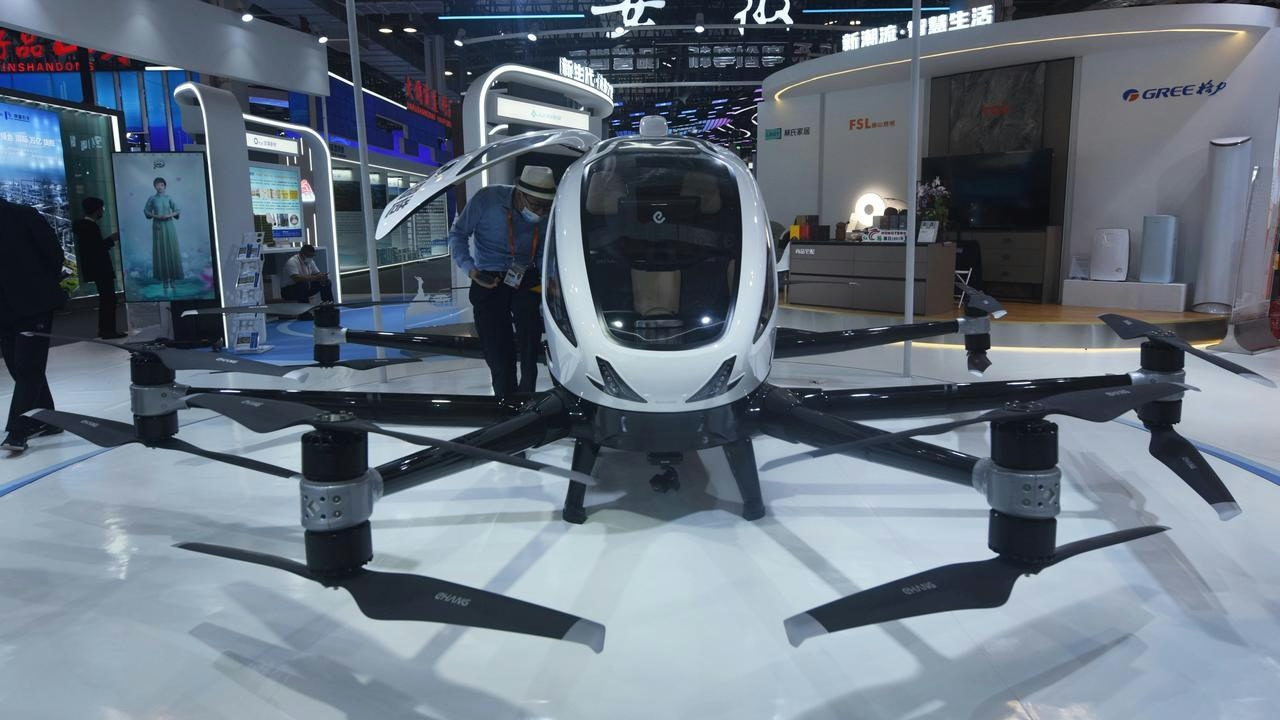
AeroGenie — 您的智能副驾驶。
热门趋势
Categories
Air India Crash Investigation Focuses on Cockpit Engine Fuel Control Switches
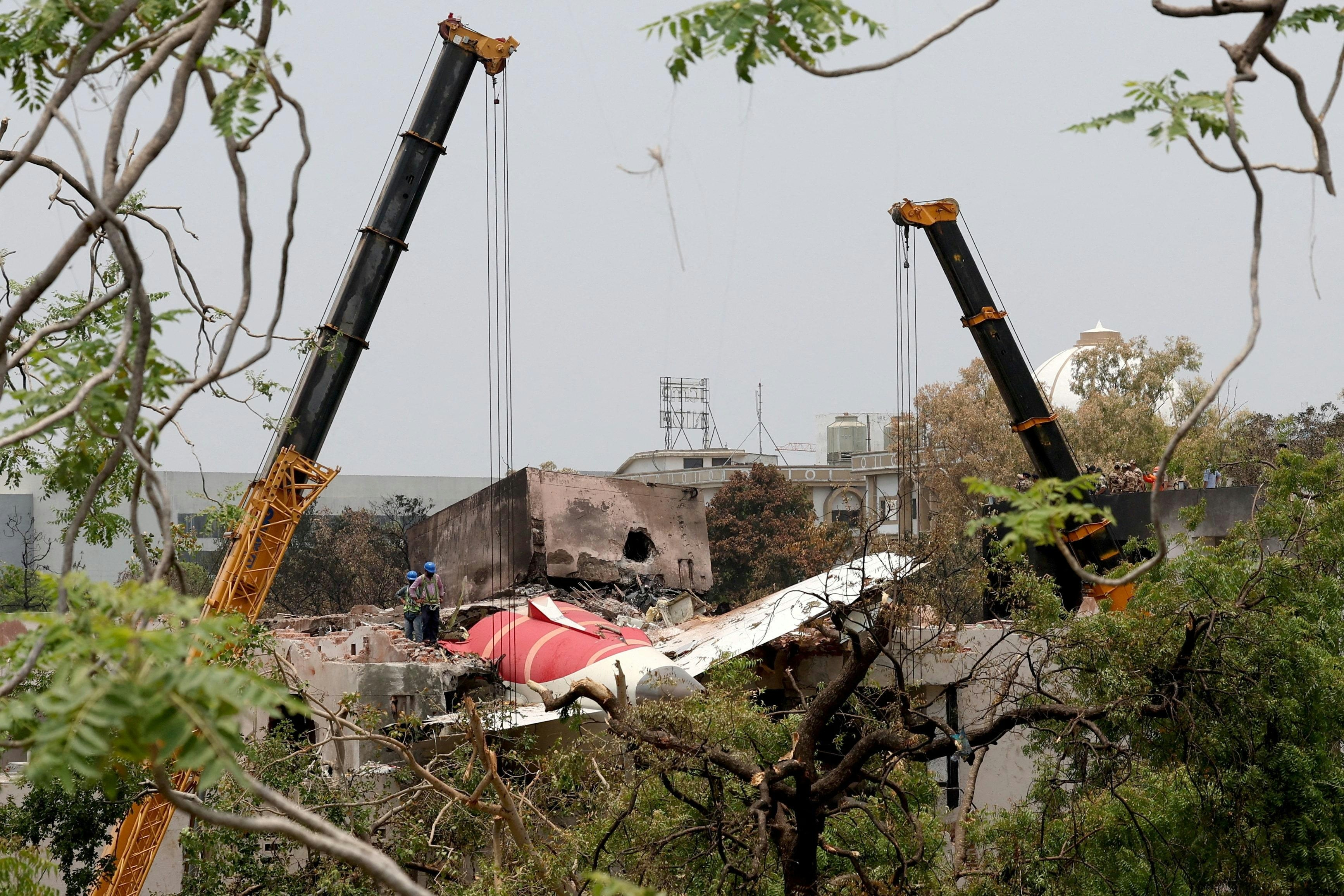
Investigation Centers on Cockpit Engine Fuel Control Switches in Air India Crash
Nearly a month after the tragic crash of Air India Flight 171 shortly after its departure from Ahmedabad Airport, investigators have concentrated their efforts on the cockpit engine fuel control switches as a probable cause of the disaster. The Boeing 787 Dreamliner accident resulted in the deaths of 241 passengers and crew onboard, along with 19 fatalities on the ground, leaving only a single survivor from the aircraft. India’s Aircraft Accident Investigation Bureau is scheduled to release its preliminary report on Friday, with early findings suggesting pilot error rather than mechanical or design defects.
Technical Analysis and Exclusion of Mechanical Failure
Data retrieved from the flight’s black boxes, as reported by The Air Current, reveal no indication of technical malfunction in the Boeing 787 or its GE Aerospace GEnx-1B engines. Investigators have systematically ruled out other typical causes such as fuel contamination and improper flap retraction. This process of elimination has narrowed the investigation’s focus to cockpit operations, specifically the management of the engine fuel control switches in the critical moments preceding the crash.
Despite Boeing’s recent scrutiny over quality control issues—most notably following a door plug incident involving a 737 Max over Portland—the manufacturer is not anticipated to be held responsible in this case. The absence of mechanical or design flaws shifts the emphasis toward operational factors and the actions of the flight crew.
Implications for Air India and the Aviation Sector
The crash occurs at a pivotal time for Air India, which is currently engaged in its Vihaan.AI transformation program aimed at establishing the airline as a “world-class global carrier” within five years. This tragedy presents a significant challenge to the airline’s efforts at reinvention, potentially affecting its reputation, operational progress, and the broader perception of India’s aviation industry. Industry experts emphasize that Air India’s response and transparency in the wake of the accident will be critical in maintaining public trust and investor confidence.
The incident has also elicited reactions in the market and drawn close attention from competitors awaiting the investigation’s conclusions. As technical failures are methodically excluded, the focus on cockpit procedures highlights the vital importance of rigorous pilot training and operational discipline.
The final outcome of the investigation is expected to have wide-ranging consequences not only for Air India and Boeing but also for India’s rapidly growing aviation sector. As the country strives to assert itself as a major player in global aviation, the management of this tragedy will serve as a crucial test of its safety standards and regulatory oversight.

Collins Aerospace and Emirates Extend A380 Landing Gear Maintenance Agreement
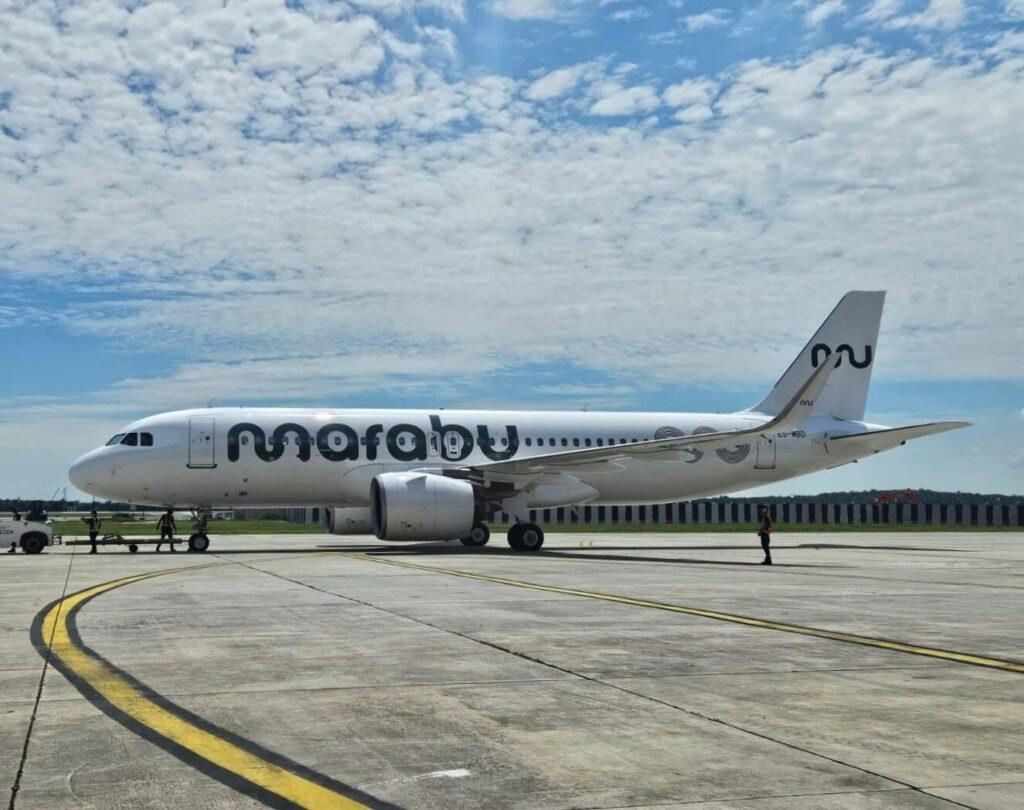
CDB Aviation Leases Four A320neo Aircraft to Marabu Airlines
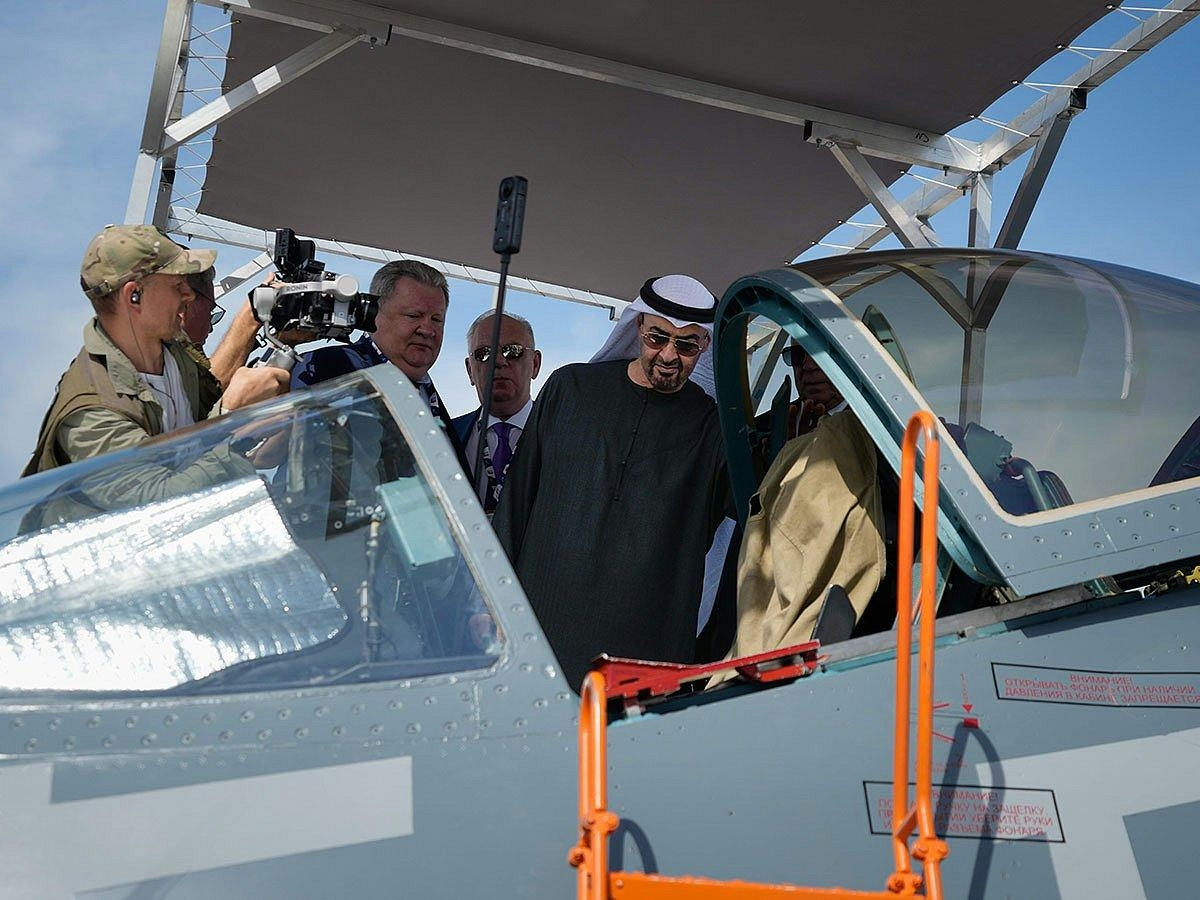
Sheikh Mohammed Visits Dubai Airshow Highlighting Innovation and Expertise
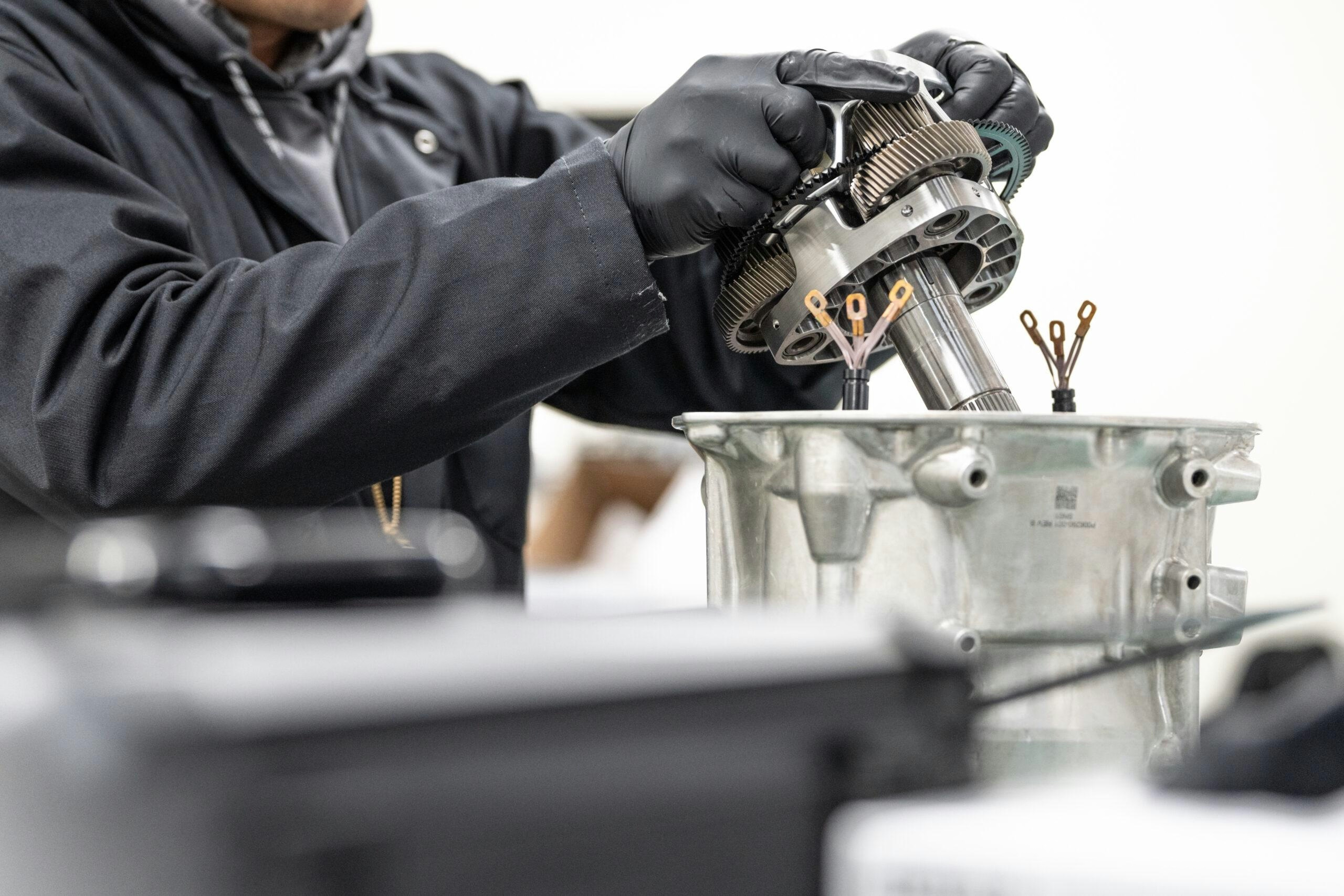
Archer Provides Electric Air Taxi Powertrain for Anduril’s Omen Concept
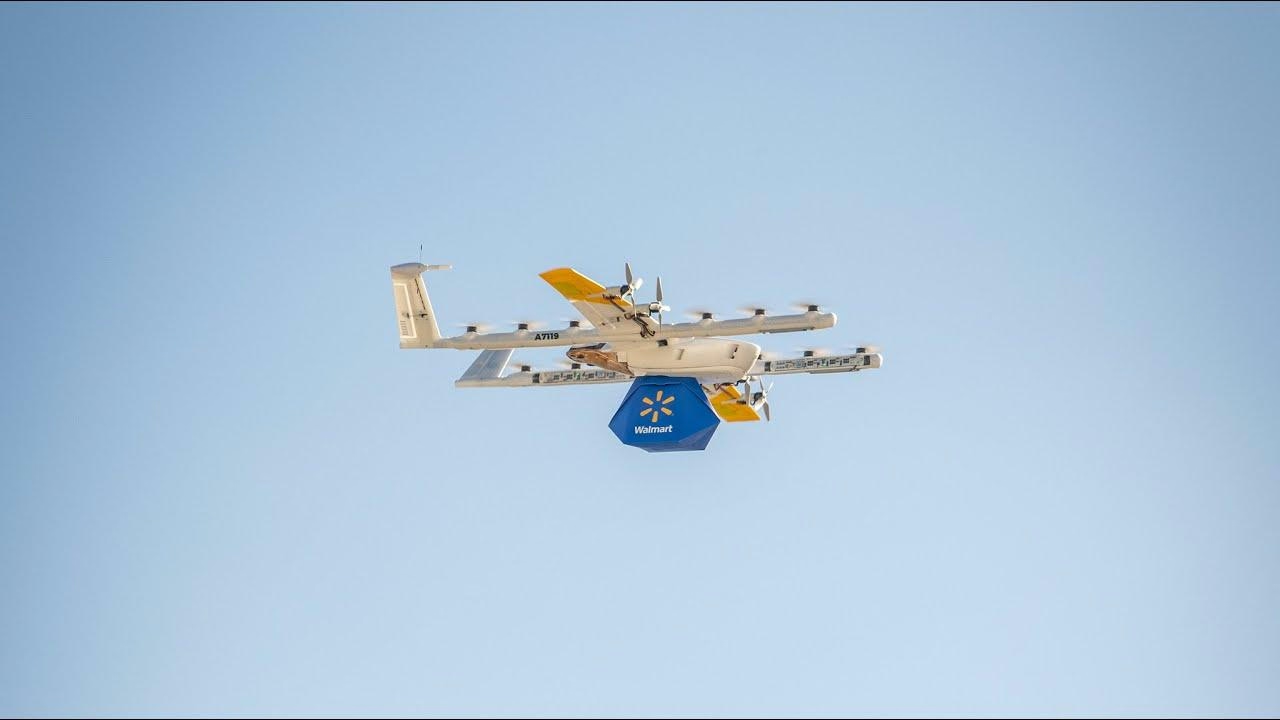
Concordia Partners to Advance Drone and E-Aircraft Technology

Sarla Aviation to Invest ₹1,300 Crore in Aerospace Facility in Andhra Pradesh

Passengers Respond Positively to Airline’s AI Flight Attendant
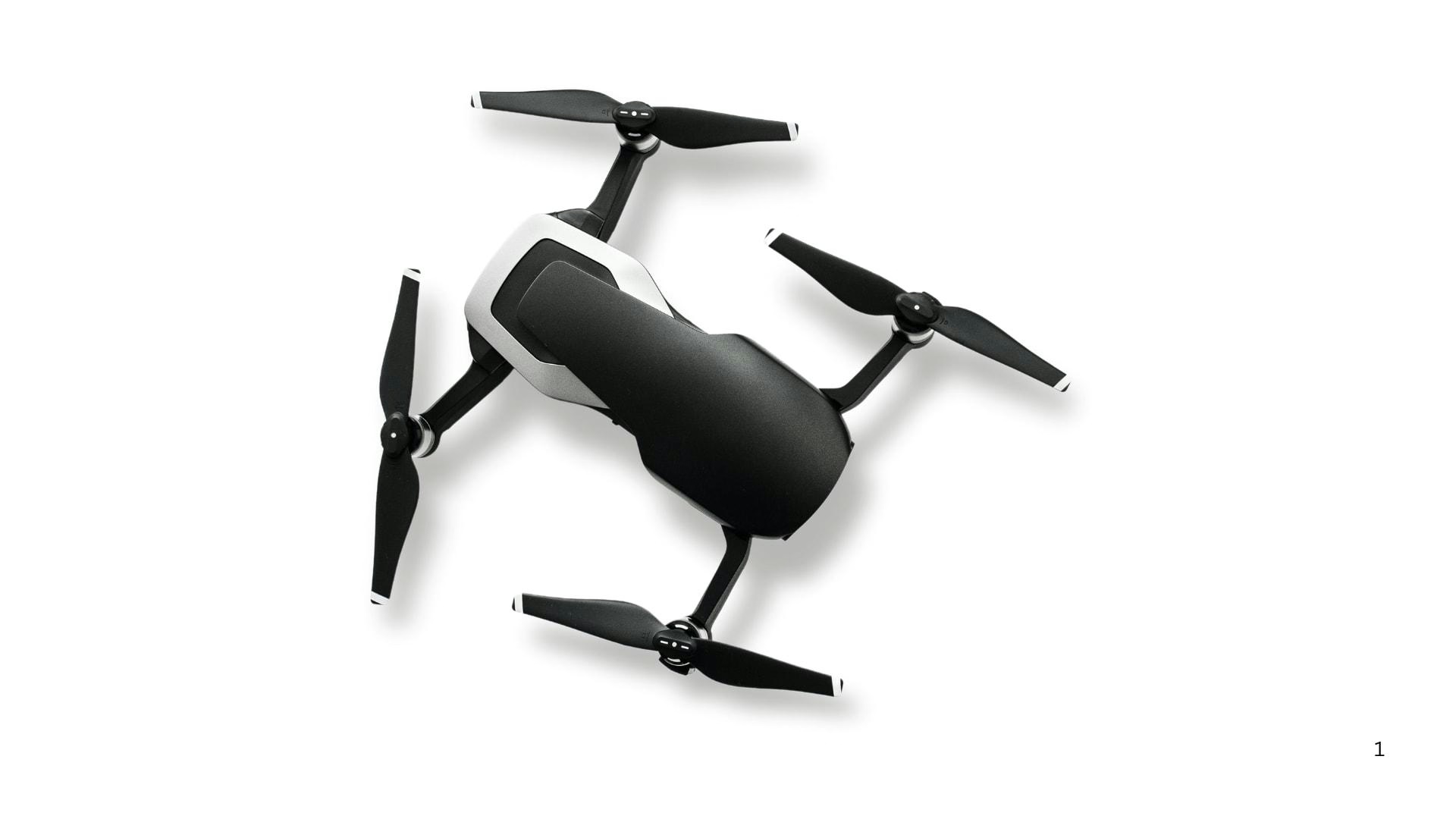
Drone Market Outlook: Trends and Forecasts Through 2033

Google Develops AI for Travel Booking and Updates Travel Tools
